A beautiful woman, high society sex scandals and links to Scotland – one of the most important portraits in Ukraine tells a fascinating story.
La Belle Gabrielle by French painter Francois Gerard was rushed into deep hiding by Lviv National Art Gallery when Russia invaded on February 24 this year.
The painting is a favourite of Bonnie Prince Charlie descendant Count Peter Pininski, a member of the supervisory board of the Lviv gallery.
He has that position partly thanks to his great-grandfather Count Leon, whose donation of 650 paintings in the 1930s are today part of the gallery’s collections.
Peter considers the life-size portrait of La Belle Gabrielle to be one of the museum’s best paintings.
He longs to see it back in its commanding position in the gallery, treasuring it not just because of the extraordinary woman it depicts, but because of all it symbolises.
Lviv was ‘enormous melting pot’
Lviv originally started out as a Ukrainian settlement, but was Polish from the 14th century until the Second World War, enduring numerous invasions and border changes over the centuries as it grew into a huge city.
“La Belle Gabrielle is symbolic of the remarkable intermixing in that part of Europe of which Lviv is the prime example,” Peter said.
“Lviv was an important trading city north of the Carpathian mountains linking the cities of central Europe, the Ottoman Empire and the Persian Empire beyond.
“You could find everyone of all nationalities, German, Czech, Polish, Ukrainian, Polish Armenians, Moldavians, Scots, Poles, Jews, even the odd Muslim, descendants of the prisoners of the Polish Turkish wars of the 17th century.
“It was an enormous melting pot.”
Who is La Belle Gabrielle?
So who is the woman with the come-hither eyes who symbolises so much?
She is Countess Catherine Joanna Gabrielle Starzenska (1782-1862) whose main accomplishment in life seems to be setting every male heart ablaze across Europe and bedding whoever she liked.
She married Count Starzenski aged 17, a man 13 years her senior, who turned out to be ‘heroically patient’ with her, Peter says.
“They went to Paris in 1803 and thereafter her entire life was dominated by a series of international lovers, ranging from the Empress Josephine’s son, Napoleon’s stepson Eugene de Beauharnais, with whom she bore a short-lived baby son.
“Francois Gerard was the court painter for Napoleon and Josephine, and painted her portrait, the only one we know of, in 1804.”
After Eugene came English diplomat Sir Arthur Paget, later MP for Anglesey.
His family is believed to have named one of their racehorses after her, spawning a line of La Belle Gabrielles across the world which still race today.
They had a son, Casimir in 1807; in 1810 came a daughter Gabrielle, possibly by the Russian general, Baron Theodore Korff, and a daughter Julia in 1813.
Next on the lover list was Count Louis de Narbonne-Lara, the French ambassador in Vienna and illegitimate son of Louis XV.
In her own diary, Starzenska admitted to 60 love affairs.
Scandalous elopement
Perhaps her most scandalous was when she attended a wedding and eloped with the bridegroom the next day.
Peter said: “Literally, she danced the first waltz at the wedding reception with the young man, and next morning his bride woke up and found the bed was empty.
“After a year and a half they were tracked down to Palermo, Sicily.
“He was most likely the father of Julia.”
Thanks to her husband’s indulgence, Starzenska seems to have got away with her affairs scot-free.
Regrets
By the end of her life though she seemed to be having regrets and spent her last days attending to her family and scrubbing the steps and floors of St Joseph’s church in Krakow by way of penance.
Meanwhile, in 1849, her granddaughter Felicity married Count Felix Mier, the great-grandson of a certain General William Mier.
Peter said: “William, of protestant Scottish origin from the Mure of Rowallan clan, was one of those Scots who took service abroad and became a successful Polish general, so successful that he was granted land.
“But in order to become a landowner in Poland, you had to become a Polish noble.
“And for a Scot to become a Polish noble, he also had to be a noble, which William wasn’t.”
Miraculous ennoblement
No problem at all. With the ‘help’ of the Lord Lyon King of Arms, papers came from Scotland to show the Polish authorities William’s noble heritage.
“Those documents still exist,” Peter said. “They’re in the main archive of ancient acts in Warsaw and we know they were falsified, but no one in Poland was going to know that because they were stamped and sealed by the Lord Lyon King of Arms, who clearly took a bribe.”
The family then had to convert to Roman Catholicism, a condition of their acceptance into Polish nobility, and immediately set about marrying into the high Polish aristocracy.
Job done, William began to acquire land and became wealthy.
His son was given the title of count, and his surname Muir became the more Polish-sounding Mier.
The line has subsequently disappeared but left a remarkable and little-known legacy in Warsaw.
Peter said: “There is still a part of Warsaw called Mirow, where General Muir had his barracks and his regiment was based.
“There stand two large 19th-century markets called the Mirowski Halls, and very few people in Warsaw know that their name comes straight from the Scottish family Muir.”
More like this:
Emerging after three centuries: The lost Jacobite portrait on show in Fort William
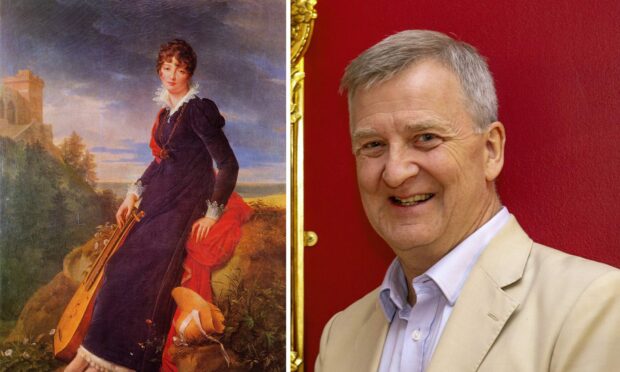
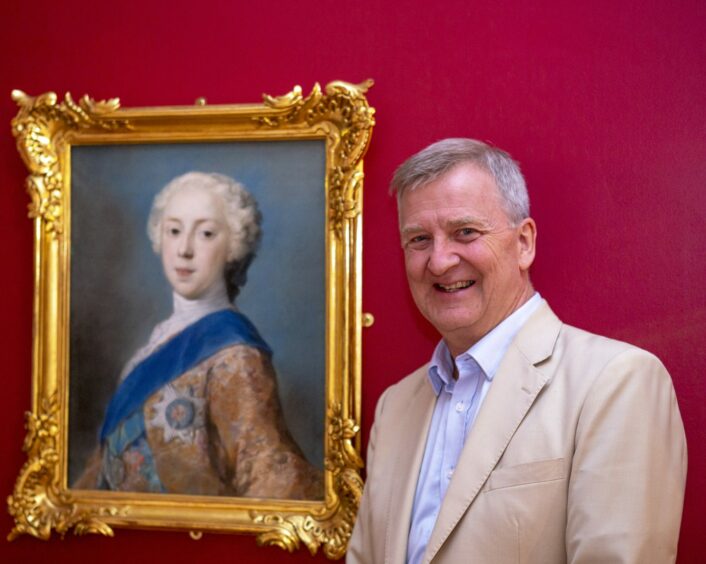
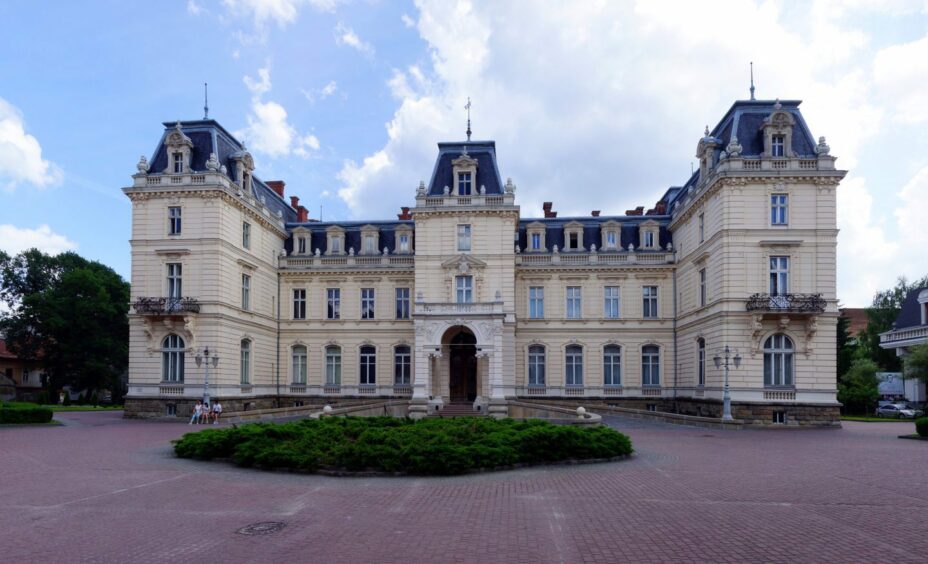
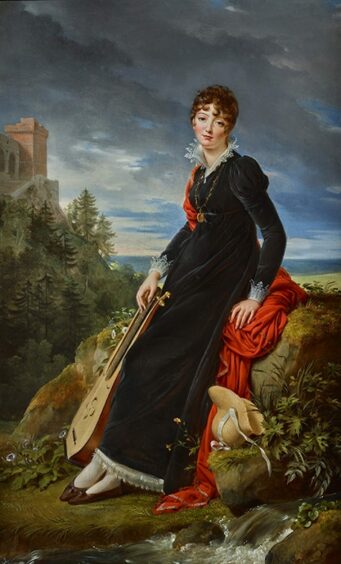


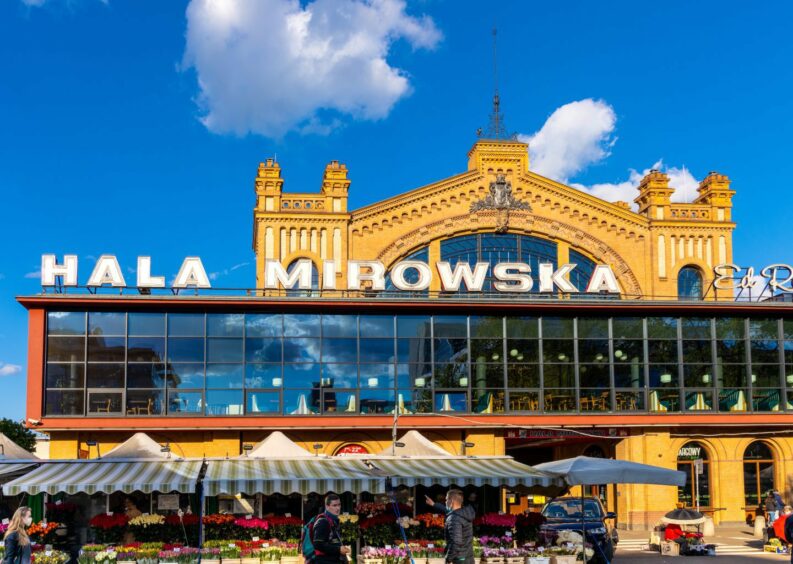
Conversation